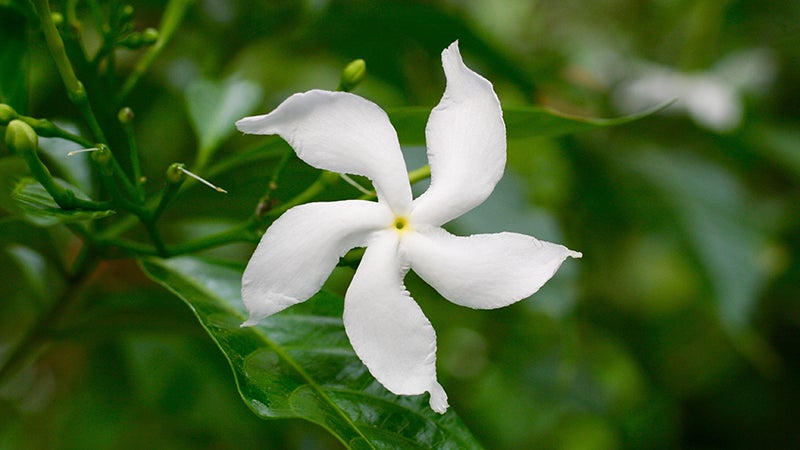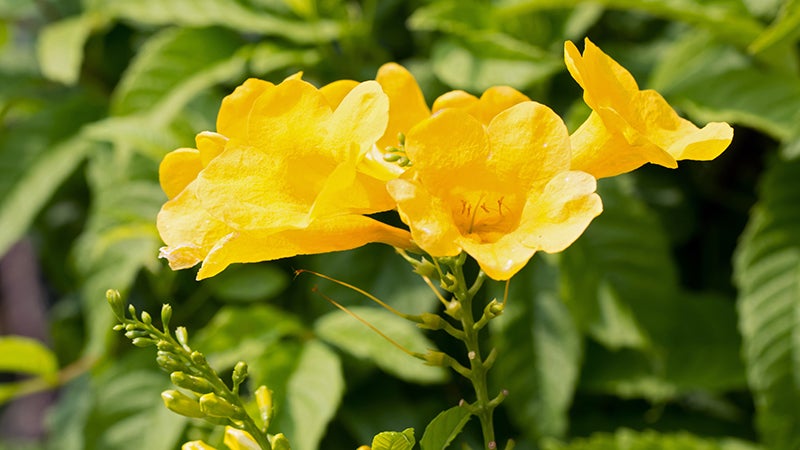Three vines bear notable flowers
Published 5:16 pm Friday, February 22, 2019
|
Getting your Trinity Audio player ready...
|
Kristi Hendricks
Only three vines, but wheelbarrow loads of confusion. Yes, gardeners have mistaken the identification
of Carolina yellow, winter and star jasmines for eons. So let’s take a closer look at these three vines to determine their native status, flower color and timing, fragrance, cold hardiness and other important attributes.
Let’s start with our native selection, the Carolina jessamine. This lovely vine selection begins blooming in February signaling the end of winter is approaching. Soon you’ll notice it draped over fences, sprawling along waterside slopes and climbing the tree line. Gelsemium sempervirens is native to Southside and cold hardy to Zone 7, making cultivation easier.
No wonder this vine was selected as the state flower of South Carolina with such canary yellow blossoms, both fragrant and showy. Like with forsythia, best flowering occurs when sited in full sun. Being a lively twining vine if left to its own devices, the yellow jasmine will develop into a bush-like mound of tangled evergreen stems. Hence, the common name “poor man’s rope” was bestowed upon this plant.
The flowers are very attractive to hummingbirds, spicebush swallowtail butterflies and native bees. Now here’s the catch. Not only is this plant poisonous for human and livestock consumption, but be aware the flower nectar is also toxic to non-native honeybees if consumed in sufficient quantities.
On to the winter jasmine. Jasminum nudiflorum also is a trailing vine with yellow flowers that will form an evergreen shrub with arching branches if left untrained. It, too, spreads by meandering branches that root to the soil as they run along the ground.
This China native begins flowering later in March with unscented blossoms. That said, the winter jasmine thrives as far north as Zone 6 and is tolerant of a wide range of soil conditions. Japanese beetles are known to enjoy this entrée.
Now to throw the third vine, star jasmine, into the mix. Trachelospermum jasminoides has creamy white flowers and is treated like an annual in Tidewater. This vine is famed for draping tall containers then brought indoors before winter. Like the Carolina yellow and winter jasmines, the star is a twining, evergreen, woody perennial but only hardy to Zone 8.
It is the sweetly fragrant, star-shaped flowers for which this vine is so much admired. But you’ll need to wait until May for this Asia native to twinkle. When in bloom, this vine is thronged with bees.
All three vines make excellent ground, porch and trellis covers. But only the winter jasmine is a true jasmine of the Jasminum genus of plants. And only the stems of the star exude a milky sap when broken.
The USDA Plant Hardiness Zone Map is found at planthardiness.ars.usda.gov. Research before you buy.



